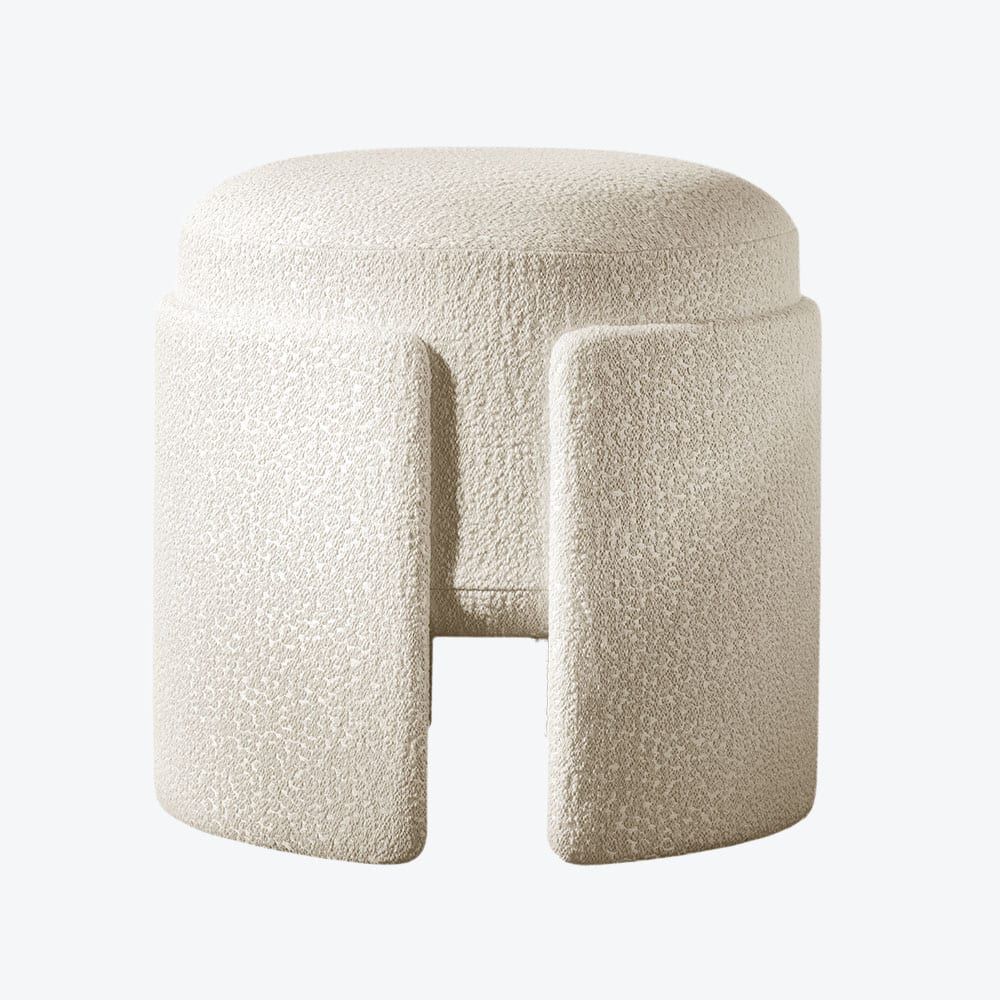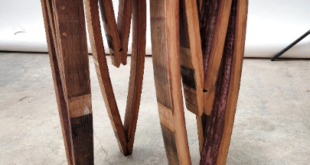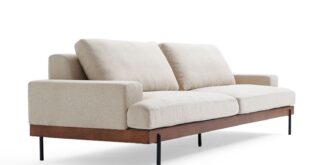Ottoman furniture refers to the unique and exquisite style of furniture that was prevalent during the Ottoman Empire, which spanned from the 14th to the early 20th century. This type of furniture is characterized by its rich materials, intricate designs, and luxurious quality. Ottoman furniture was not only functional but also served as a symbol of wealth and status for the owners.
The craftsmanship and attention to detail in Ottoman furniture were unparalleled, with skilled artisans using the finest materials such as silk, velvet, ivory, and mother-of-pearl. The designs of Ottoman furniture were often influenced by the cultural and artistic elements of the empire, incorporating intricate patterns, geometric shapes, and vibrant colors. These pieces were often ornate and extravagant, serving as a reflection of the opulence and grandeur of the Ottoman Empire.
One of the most iconic pieces of Ottoman furniture is the divan, a low, long seat or sofa that was often used for seating or lounging. The divan was typically adorned with cushions and intricate embroidery, making it a comfortable and stylish addition to any room. Another popular piece of Ottoman furniture was the coffee table, which was often made from wood and adorned with intricate carvings and inlay work.
Ottoman furniture was not limited to seating and tables, as the empire also produced exquisite cabinets, chests, and screens. These pieces were often crafted from wood and embellished with intricate carvings and inlay work. The cabinets and chests were not only functional but also served as decorative pieces, adding a touch of elegance and sophistication to any room.
In addition to their beauty and craftsmanship, Ottoman furniture was also designed with practicality in mind. Many pieces of furniture were multifunctional, featuring hidden compartments, drawers, and folding panels for storage and versatility. This blend of functionality and aesthetics made Ottoman furniture highly sought after by collectors and connoisseurs of fine furniture.
Today, Ottoman furniture continues to be celebrated and cherished for its exquisite craftsmanship and timeless beauty. Many antique pieces of Ottoman furniture can be found in museums, private collections, and auction houses around the world, showcasing the legacy and influence of the Ottoman Empire on the art and design of furniture. Whether used as a statement piece in a modern home or as a historical artifact in a museum, Ottoman furniture remains a symbol of luxury, sophistication, and cultural heritage.
 efistu.com Home Decor
efistu.com Home Decor
















